Home>Ideas and Tips>Lawn Alternatives: Why Clover Yards Are Gaining Popularity
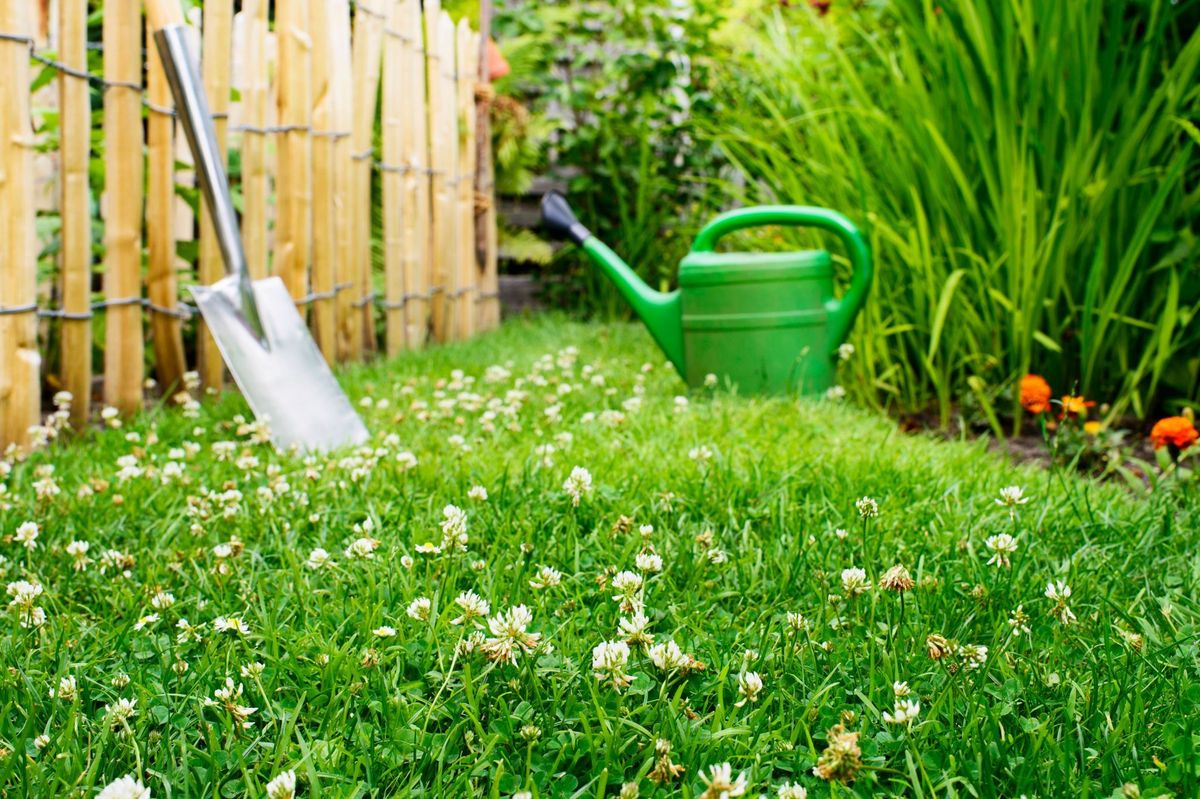

Ideas and Tips
Lawn Alternatives: Why Clover Yards Are Gaining Popularity
Published: October 26, 2024
Discover why clover yards are becoming a popular lawn alternative. Learn about their benefits, low maintenance, and eco-friendly advantages.
(Many of the links in this article redirect to a specific reviewed product. Your purchase of these products through affiliate links helps to generate commission for Storables.com, at no extra cost. Learn more)
In recent years, the traditional grass lawn has faced increasing scrutiny due to its high maintenance requirements, environmental impact, and aesthetic limitations. As a result, homeowners are turning to alternative lawn options that are not only more sustainable but also visually appealing. One such alternative gaining significant popularity is the clover yard. In this article, we will delve into the reasons behind the rise of clover lawns and explore their benefits, challenges, and practical considerations.
A clover lawn is a type of ground cover that replaces traditional grass with white clover (Trifolium repens) or microclover (Trifolium microphyllum). These legumes are known for their ability to thrive in a variety of conditions, including poor soil and low light. They form a dense, low-growing mat that requires minimal maintenance compared to traditional grass.
Benefits of Clover Lawns
-
Low Water Requirements
- One of the primary advantages of clover lawns is their low water requirement. Unlike traditional grass, which needs consistent watering to maintain its appearance, clover lawns can survive with minimal watering. This makes them an ideal choice for areas with water restrictions or for those looking to reduce their water consumption.
-
Reduced Mowing Frequency
- Clover lawns typically grow to a height of 2-4 inches, which means they require less frequent mowing compared to traditional grass. This not only saves time but also reduces the need for lawn mowers and other equipment.
-
Heat Tolerance
- Clover lawns are more heat-tolerant than traditional grass. They can withstand drought conditions and remain green throughout the summer months, making them a great option for areas with hot climates.
-
No Fertilizer Needed
- As legumes, clover lawns produce their own nitrogen through a process called nitrogen fixation. This means they do not require frequent fertilizer applications, reducing the need for chemicals and saving homeowners money on lawn care.
-
No Herbicides or Pesticides
- Clover lawns do not require herbicides or pesticides, making them an eco-friendly alternative to traditional grass. This reduces the risk of chemical runoff into waterways and minimizes exposure to harmful chemicals for pets and children.
-
Inexpensive Seed
- Clover seed is generally inexpensive compared to grass seed, making it a cost-effective option for those looking to replace their lawn.
-
No Aeration Needed
- Unlike traditional grass, which often requires aeration to maintain soil health, clover lawns naturally improve soil structure through their deep root system and decomposition process. This reduces the need for expensive aeration services.
-
Attracts Beneficial Insects
- Clover lawns attract beneficial insects such as bees and butterflies, which are essential for pollination and ecosystem health.
-
Tolerates Shade
- Clover lawns can tolerate shade better than traditional grass, making them suitable for areas with partial sunlight or dense tree cover.
Practical Considerations
Establishing a Clover Lawn
-
Seed Selection
- When choosing a clover lawn, it's important to select a variety that is suitable for your climate and soil type. White clover and microclover are two popular options, each with its own set of characteristics.
-
Soil Preparation
- Before planting, ensure that your soil is well-draining and has a pH level between 6.0 and 7.0. Clover prefers slightly acidic to neutral soil conditions.
-
Seeding Process
- To establish a clover lawn, spread the seed evenly over the area you want to cover. Rake the seed into the soil gently but thoroughly to ensure good contact with the soil. Keep the soil consistently moist during the initial stages of growth until the clover is about 1 inch tall.
-
Maintenance Tips
- Once established, clover lawns require minimal maintenance. They can be mowed occasionally to keep them at a desired height, but this is not necessary for their health or appearance.
Challenges of Clover Lawns
-
Invasiveness
- One potential drawback of clover lawns is their invasive nature. White clover, in particular, can spread quickly and potentially outcompete other plants in your garden or yard. This can be managed by containing the clover within a designated area or using a mix of clover and other ground covers.
-
Native vs Non-Native
- While clover lawns offer many benefits, they are often non-native species. This raises concerns about their potential impact on local ecosystems and biodiversity. Native groundcovers like yarrow (Achillea millefolium) offer a more sustainable alternative that supports local flora and fauna.
-
Mixing with Other Plants
- Many gardeners find that mixing clover with other plants like creeping thyme (Thymus serpyllum) or native wildflowers enhances both the aesthetic appeal and ecological value of their lawn. This approach creates a diverse, low-maintenance landscape that attracts a variety of beneficial insects and supports local pollinators.
Case Studies and Anecdotal Evidence
Personal Experiences
-
Reddit Community Insights
- A community on Reddit dedicated to lawn alternatives has shared numerous personal experiences with clover lawns. Many users report that clover lawns are not only visually appealing but also require significantly less maintenance than traditional grass. However, some users note that clover can be invasive and may require additional effort to contain its spread.
-
Apartment Therapy
- Apartment Therapy has highlighted the growing popularity of clover lawns among urban dwellers. Homeowners on the ground floor have reported that clover lawns can thrive without any additional care beyond occasional mowing. This approach not only reduces lawn maintenance but also creates a lush, green space that can be enjoyed year-round.
Scientific Studies
- National Geographic
- National Geographic has discussed clover lawns as an alternative to traditional grass lawns. They highlight the visual interest and low-maintenance requirements of clover lawns, making them an attractive option for those looking to reduce their environmental footprint.
Conclusion
Clover yards are gaining popularity due to their numerous benefits over traditional grass lawns. From reduced water requirements and lower maintenance needs to their ability to attract beneficial insects and tolerate shade, clover lawns offer a sustainable and visually appealing alternative. However, it's important to consider the potential challenges associated with invasive species and the importance of choosing native alternatives when possible. By embracing clover lawns as part of a broader strategy for sustainable landscaping, homeowners can create beautiful, eco-friendly spaces that support both their own needs and the health of the environment.
In conclusion, clover lawns represent a significant shift in how we approach lawn care. They offer a practical solution for those seeking to reduce their environmental impact while enhancing the aesthetic appeal of their outdoor spaces. As awareness about sustainable living continues to grow, it is likely that clover lawns will become an increasingly popular choice for homeowners worldwide.
Was this page helpful?
At Storables.com, we guarantee accurate and reliable information. Our content, validated by Expert Board Contributors, is crafted following stringent Editorial Policies. We're committed to providing you with well-researched, expert-backed insights for all your informational needs.
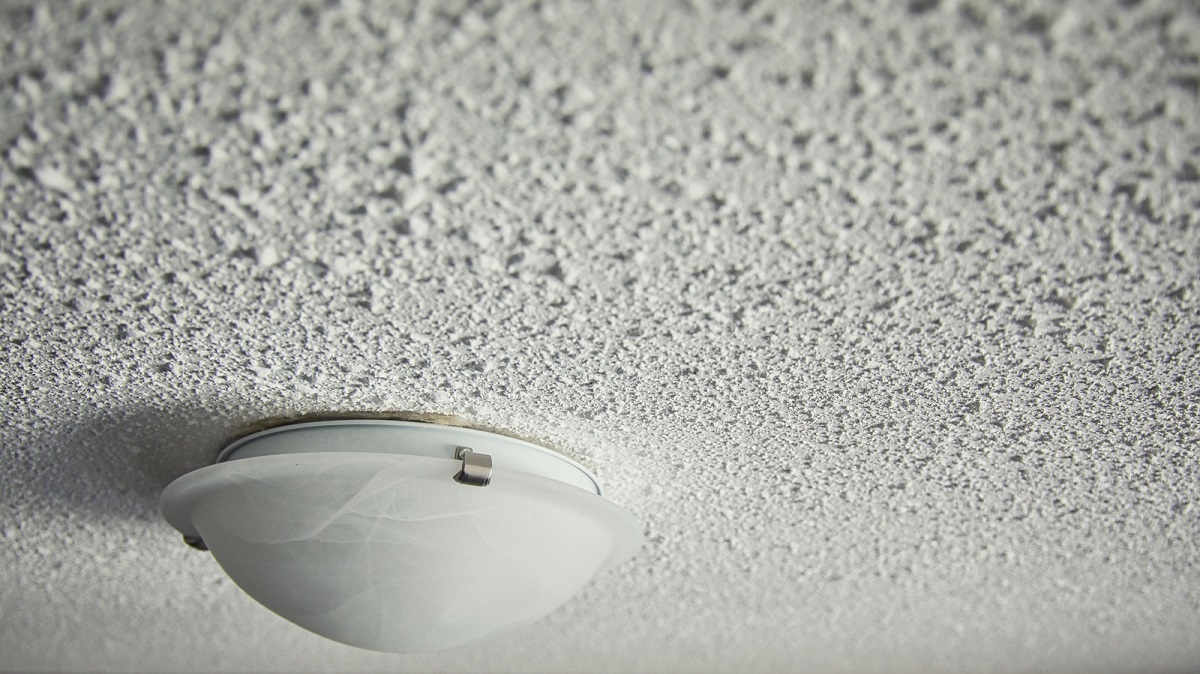

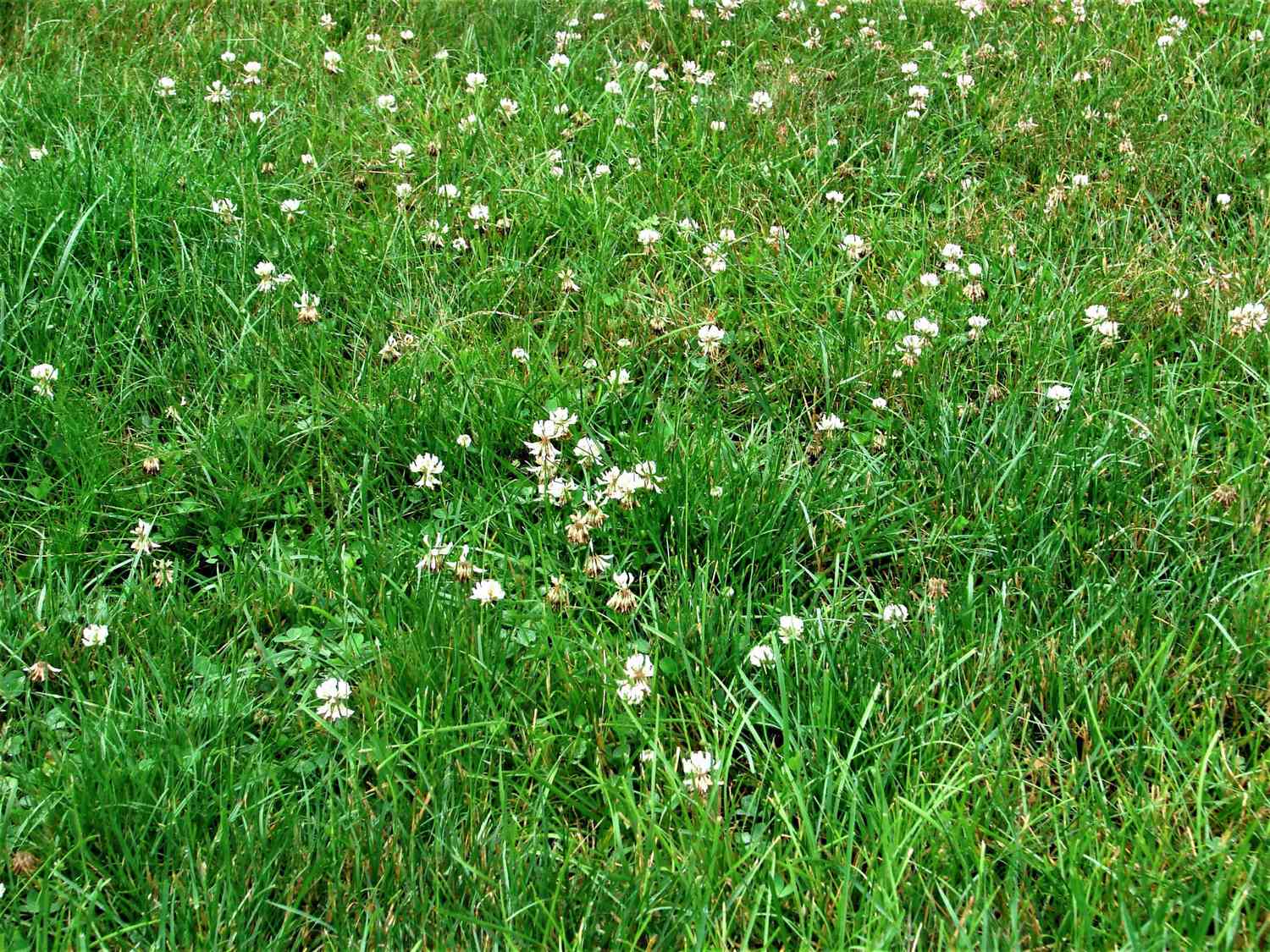
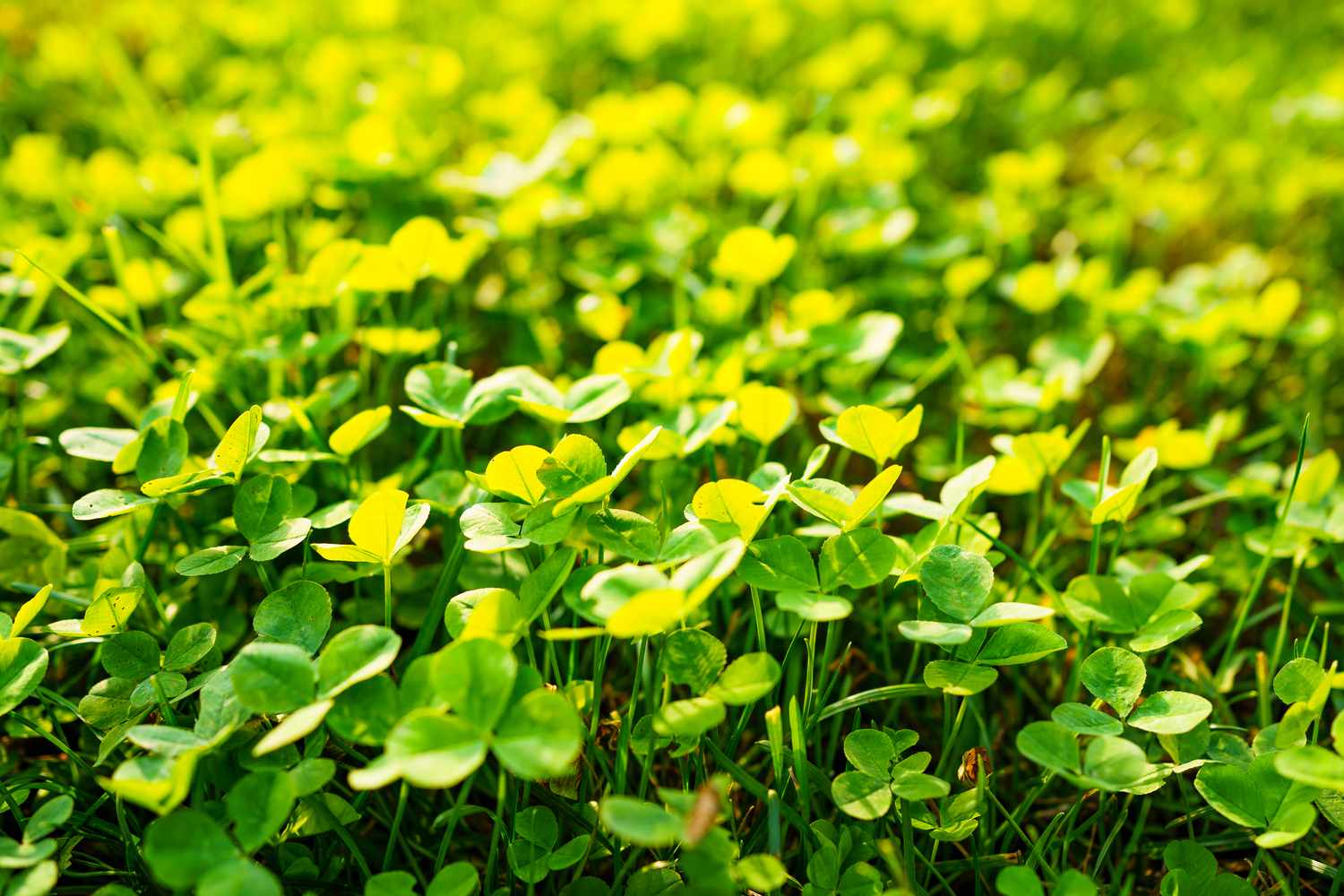

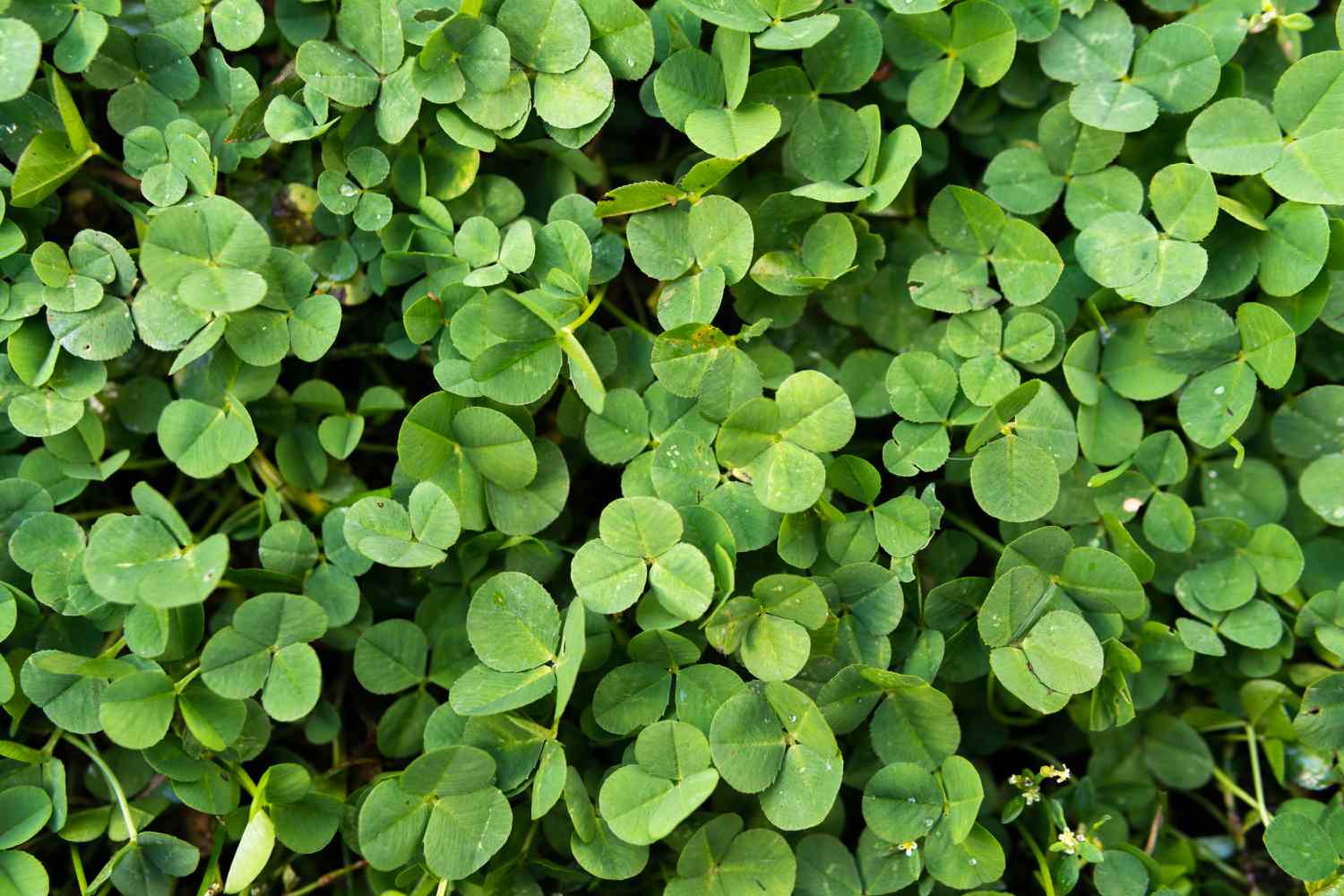
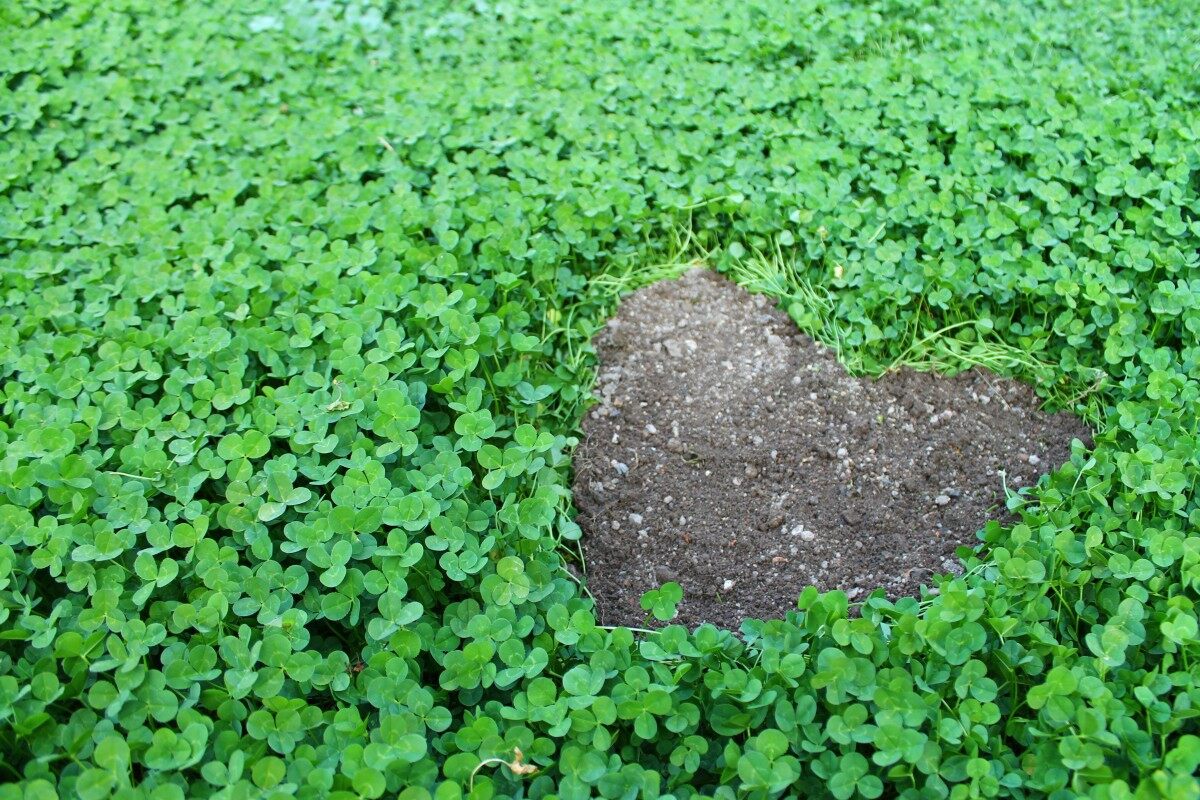


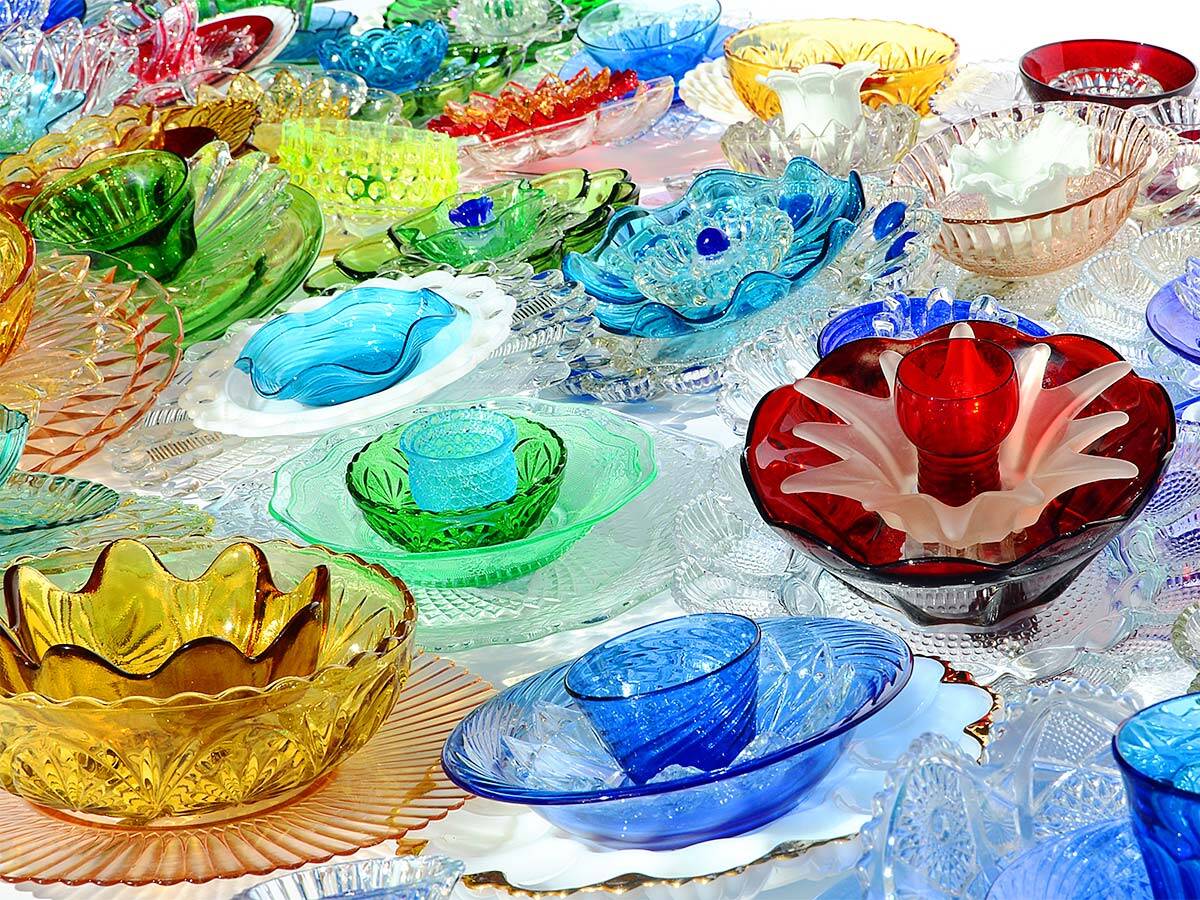


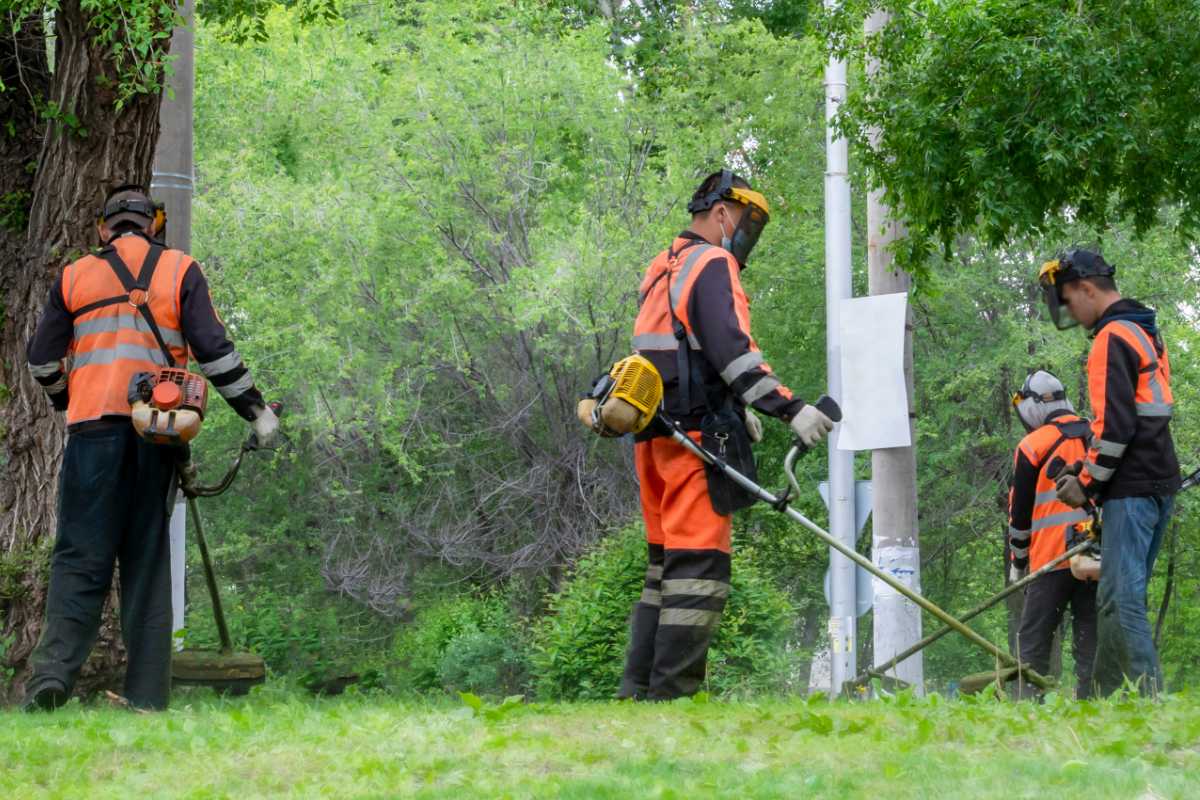
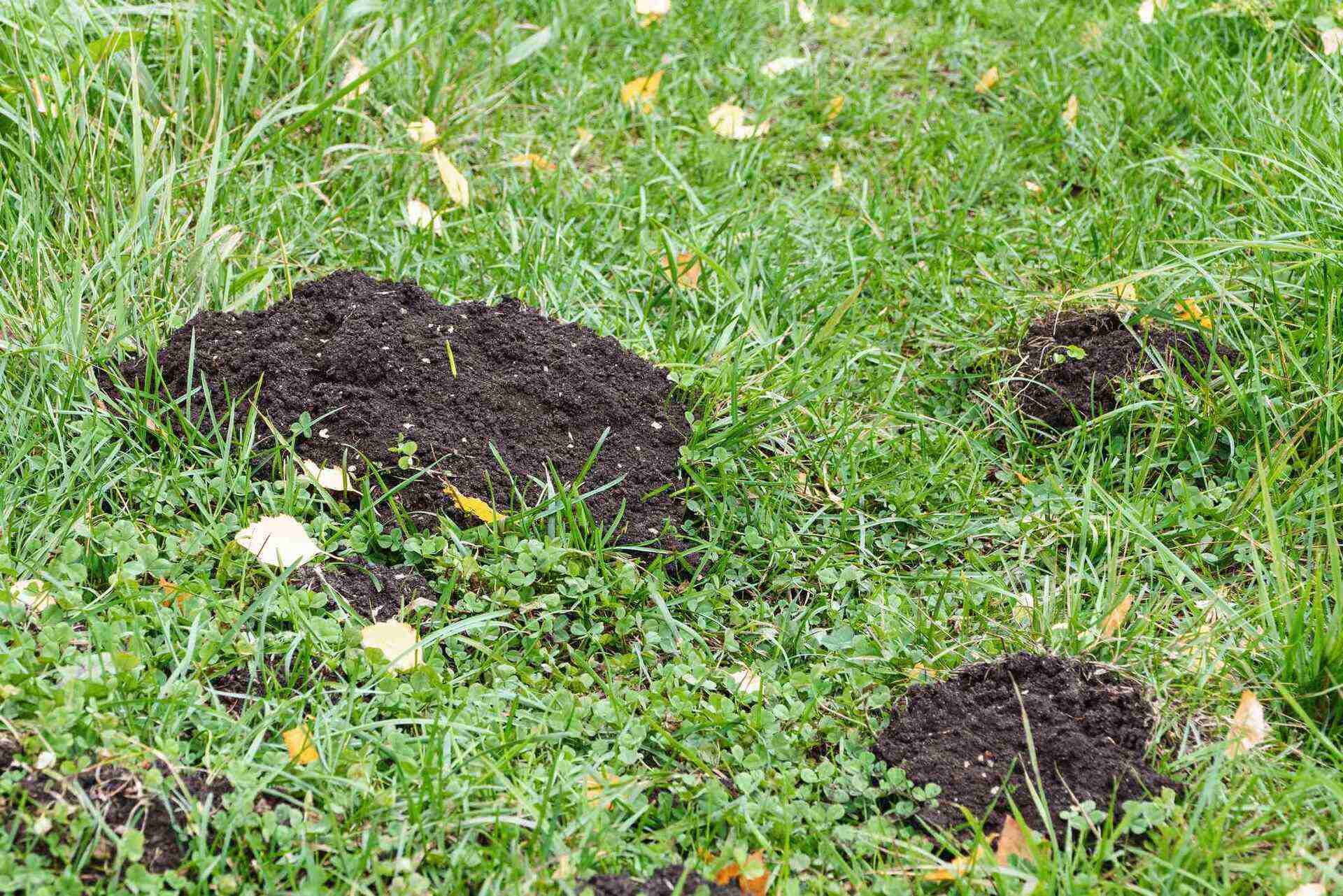
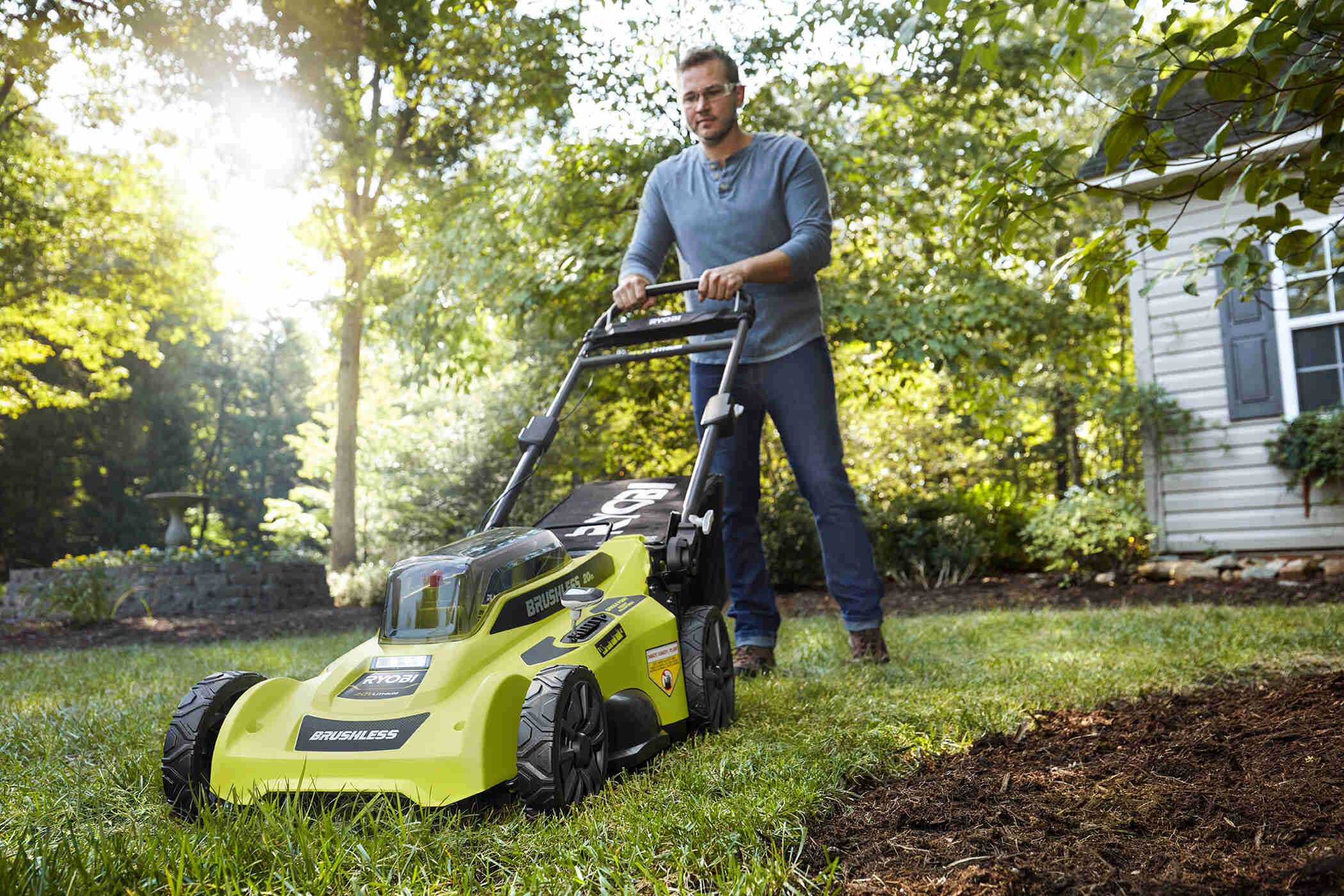

0 thoughts on “Lawn Alternatives: Why Clover Yards Are Gaining Popularity”